Cats are fascinating creatures, often viewed as enigmatic and independent. However, anyone who has spent time with these animals knows they are capable of vibrant displays of playfulness. Yet, not all cats exhibit the same level of playfulness. Have you ever wondered why this might be? Let’s delve into the science and common reasons behind the varying degrees of playfulness among our feline friends.
Understanding Playfulness in Cats
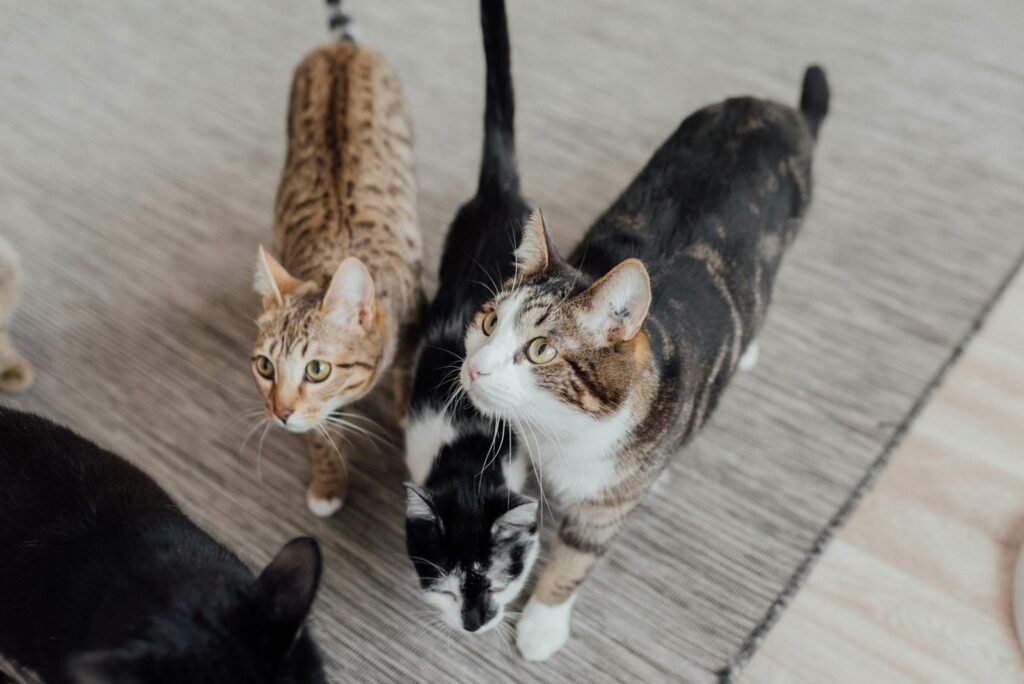
Playfulness in cats is not just about entertainment; it’s a fundamental aspect of their behavioral repertoire. For kittens and young cats, play is a crucial part of development, teaching them vital skills like hunting, coordination, and social interaction. While some cats retain this playful nature into adulthood, others might not exhibit the same traits. Understanding the factors that influence this variance can help us foster a more enriching environment for our pets.
Genetic Factors
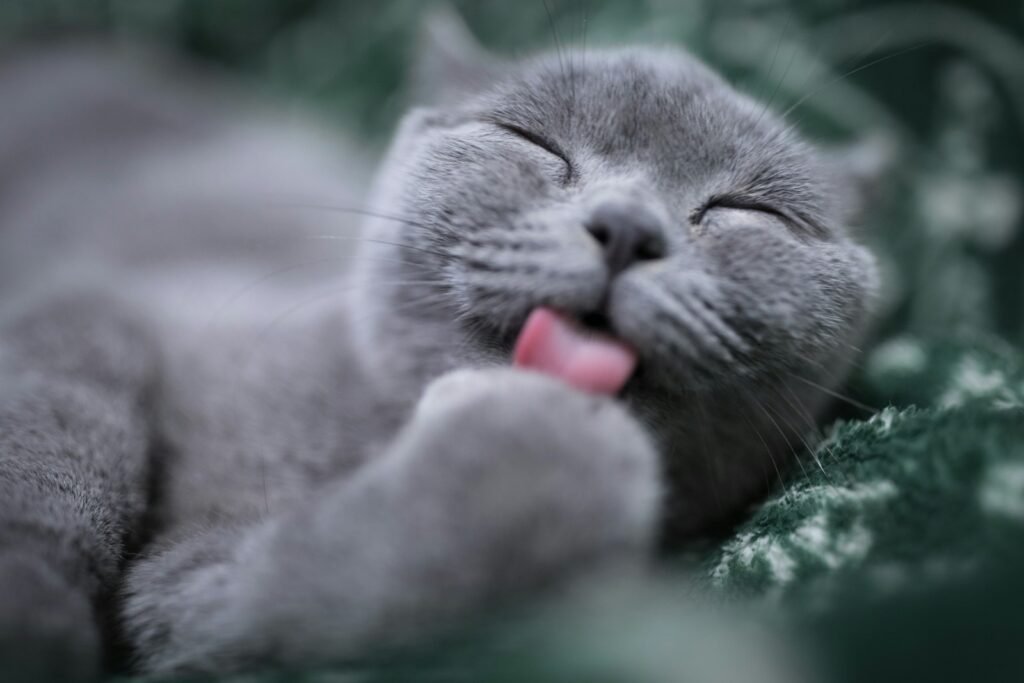
As with many behaviors, genetics can play a significant role in determining how playful a cat is. Certain breeds are naturally more energetic and playful. For example, Bengal and Siamese cats are known for their active nature. Conversely, breeds like the Persian and the British Shorthair may lean towards a more laid-back demeanor. Assessing the breed characteristics can give potential pet owners an idea of what to expect in terms of playfulness.
Age and Developmental Stage
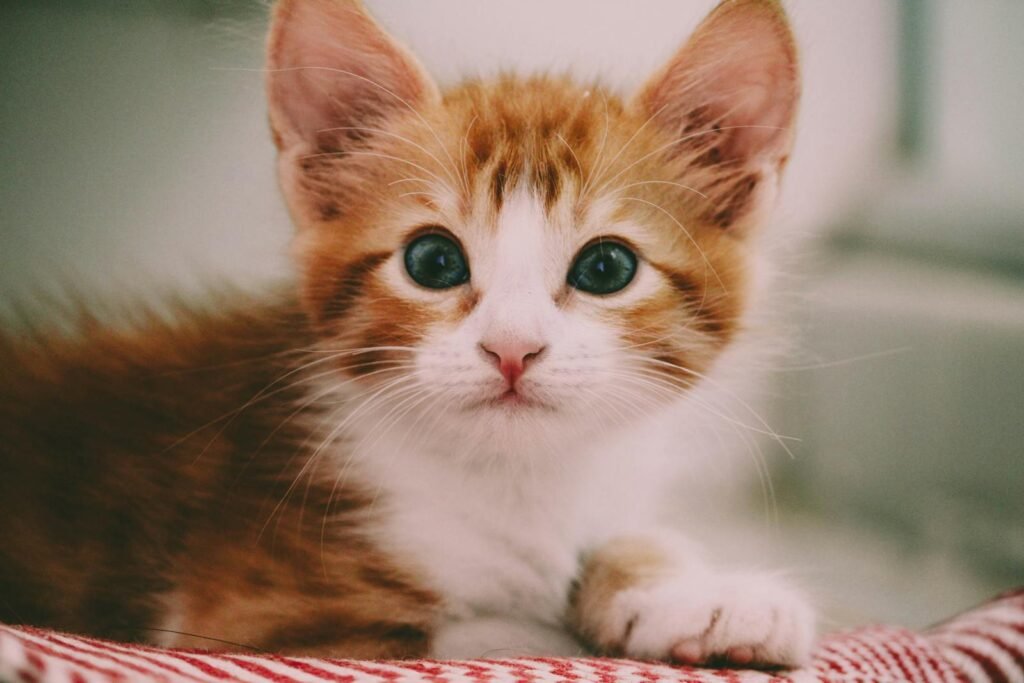
Age is another primary determinant of a cat’s playfulness. Kittens are famously playful as they explore their world and hone their hunting skills. As they grow into adults, some cats maintain their playful nature, while others become more reserved. This transition often parallels their shift in energy levels and priorities as they age.
Individual Personality
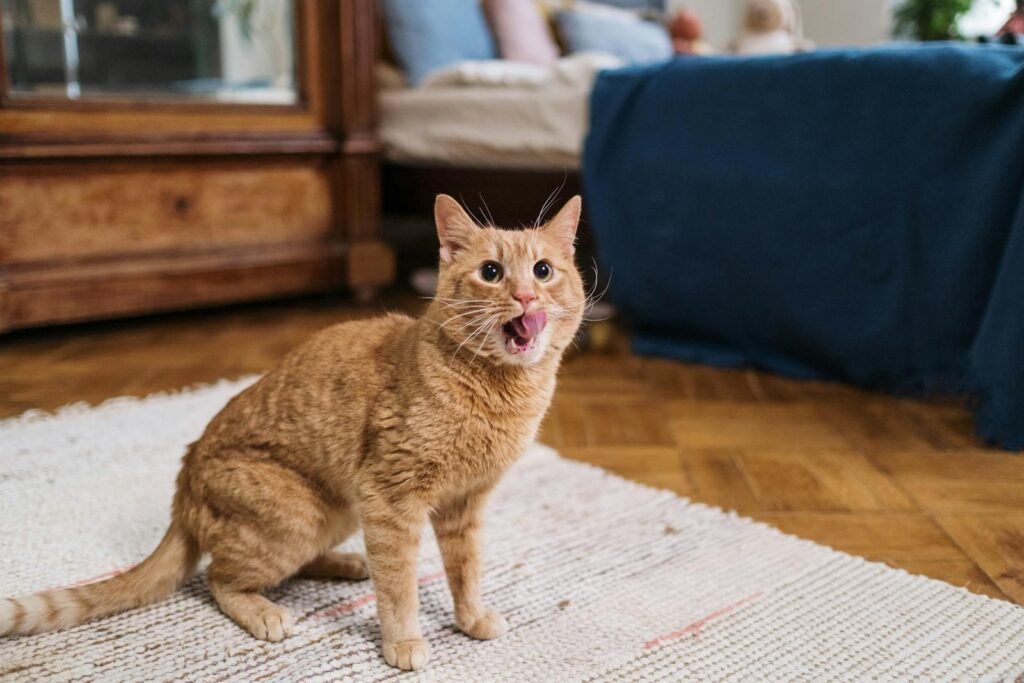
Just like humans, cats have distinct personalities. Some may naturally be more inclined to engage in playful activities, while others may be content with minimal interaction. Understanding and respecting these personality traits are essential for a healthy relationship between you and your cat.
The Role of Environment
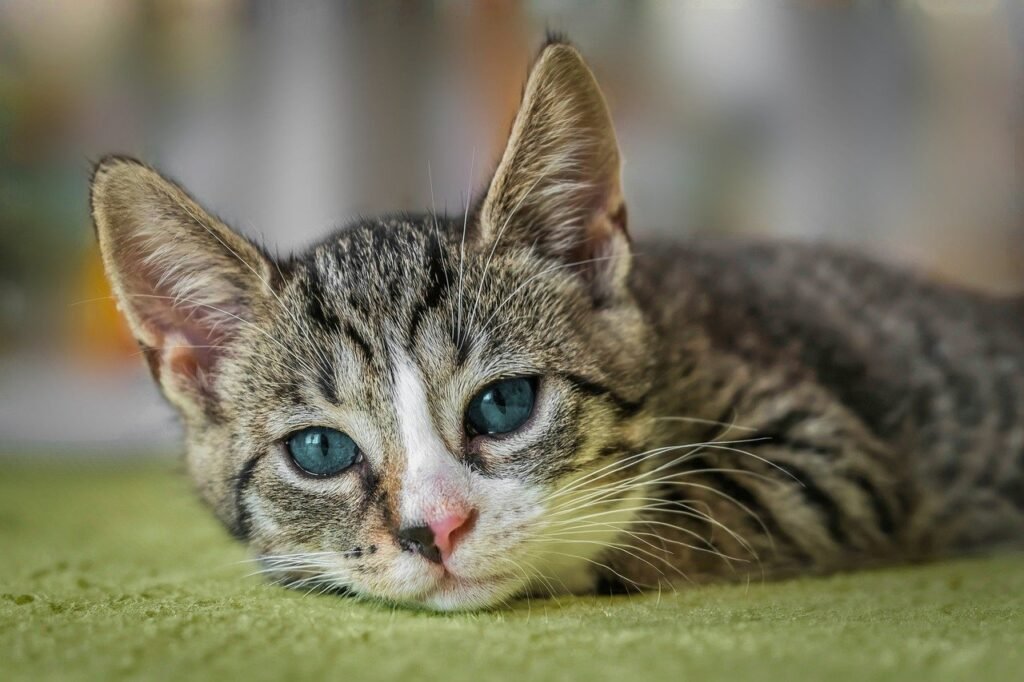
The environment in which a cat is raised and lives can significantly impact its playfulness. Cats provided with enriched environments, equipped with toys, climbing structures, and interactive experiences, tend to exhibit higher levels of playfulness. Regular mental and physical stimulation plays a vital role in maintaining a cat’s interest and energy for play.
Health and Wellness
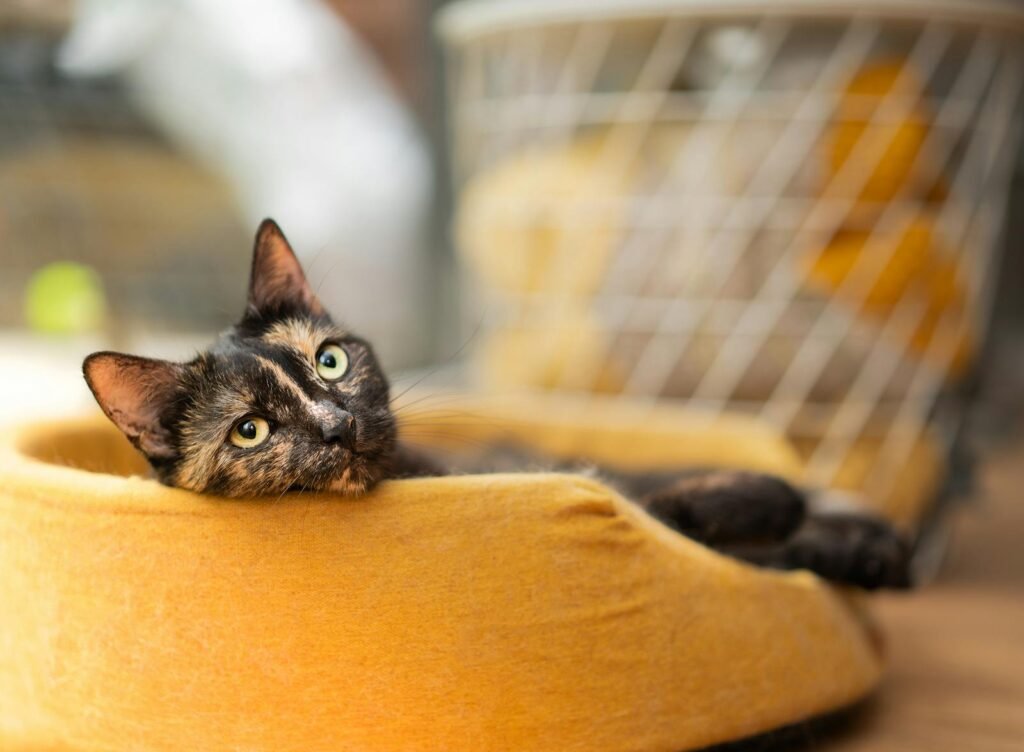
A cat’s health can directly affect its level of playfulness. Illness, obesity, and pain can all diminish a cat’s desire to engage in playful activities. Regular veterinary check-ups and maintaining a healthy lifestyle can help ensure your cat remains sprightly and eager to play.
The Influence of Diet
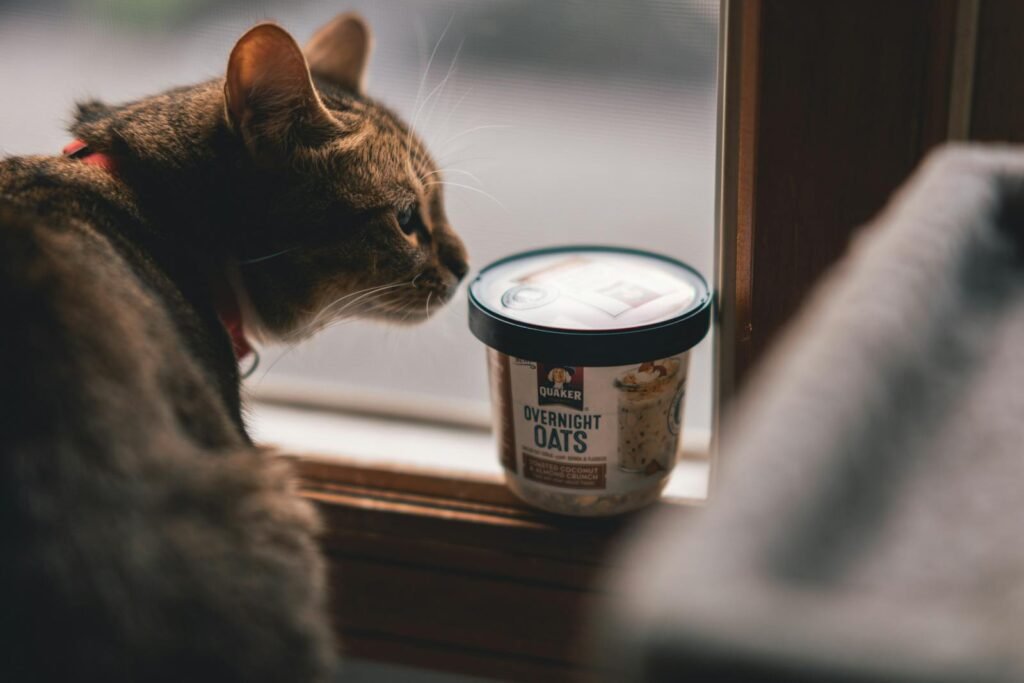
Nutritional health is crucial for sustaining energy levels conducive to play. Cats need a diet rich in proteins and specific nutrients to fuel their activities. A well-balanced diet can enhance not just the general health of your cat but also encourage more playful behavior.
Socialization and Early Experiences
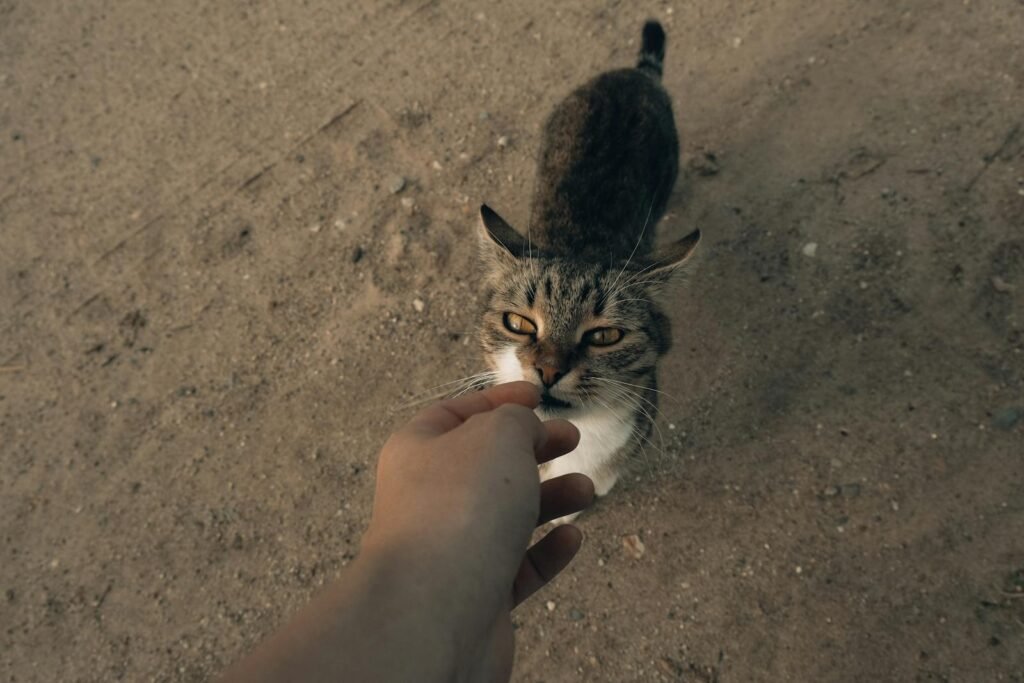
Cats that have positive socialization experiences early in life are often more playful. Interactions with siblings and exposure to toys and human caretakers can enhance a kitten’s confidence and curiosity. These early experiences lay the groundwork for future behavior patterns, including playfulness.
Human-Cat Interaction

The level and type of interaction a cat shares with its human companions can influence its playful behavior. Cats that receive regular affectionate interaction from humans may feel more secure and inclined to play. It’s important for cat owners to engage in regular play sessions to encourage this behavior.
Impact of Stress and Anxiety
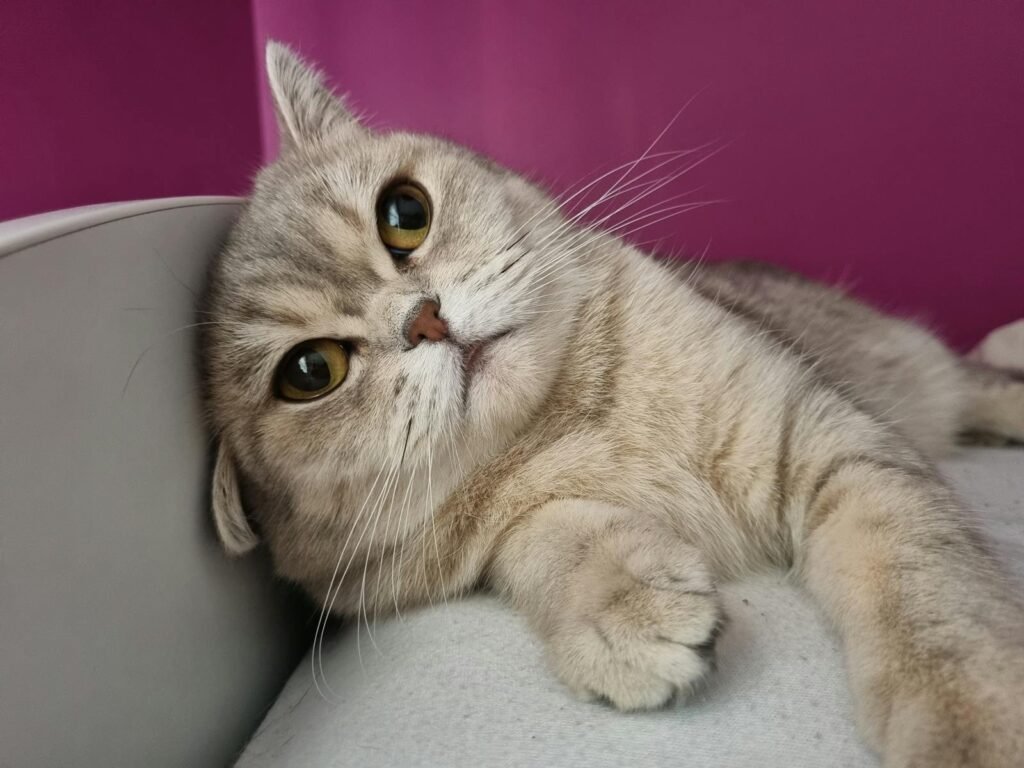
Stress and anxiety can suppress a cat’s playful instincts. Changes in the environment, the presence of other pets, or even loud noises can cause stress. Identifying stressors and ensuring your cat feels safe and secure can help revive its playfulness.
Hormonal Influences
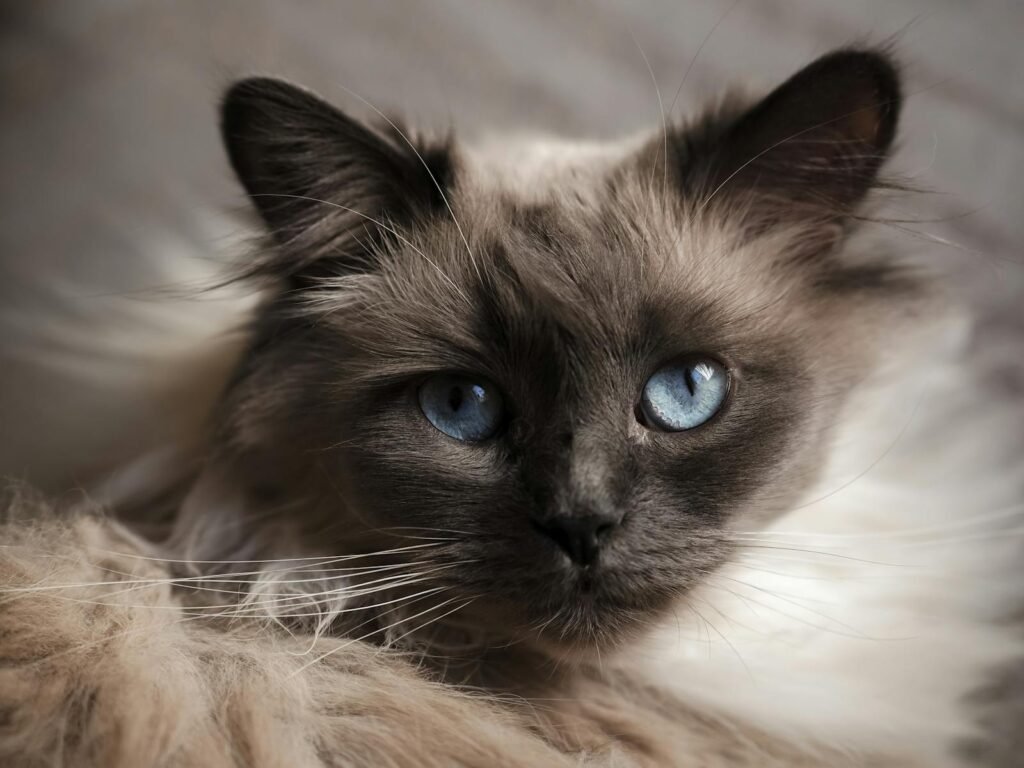
Hormones can also affect a cat’s behavior. Cats that are not spayed or neutered may display different levels of activity and playfulness, often influenced by mating behaviors. Spaying or neutering your cat can help regulate its behavior and potentially increase playfulness.
In understanding why some cats are more playful than others, we must consider a multifaceted array of factors, including genetics, environment, health, and individual personality traits. By recognizing and nurturing these aspects, cat owners can enhance the playful nature of their feline companions, enriching the lives of both the pet and their human counterparts. Whether your cat is a whirlwind of energy or a calm cuddle bug, recognizing and catering to its unique needs is key to fostering a happy and healthy relationship.

Growing up traveling and experiencing new cultures and wonders, I have had a passion for nature, adventuring, photography, and videography. I am currently working towards a BSc in Biodiversity and Ecology at Stellenbosch University, and I hope to specialise in Marine Sciences one day.
Please send any feedback to Feedback@animalsaroundtheglobe.com






